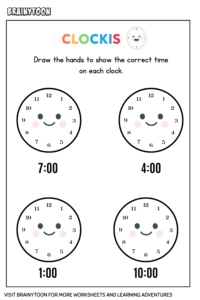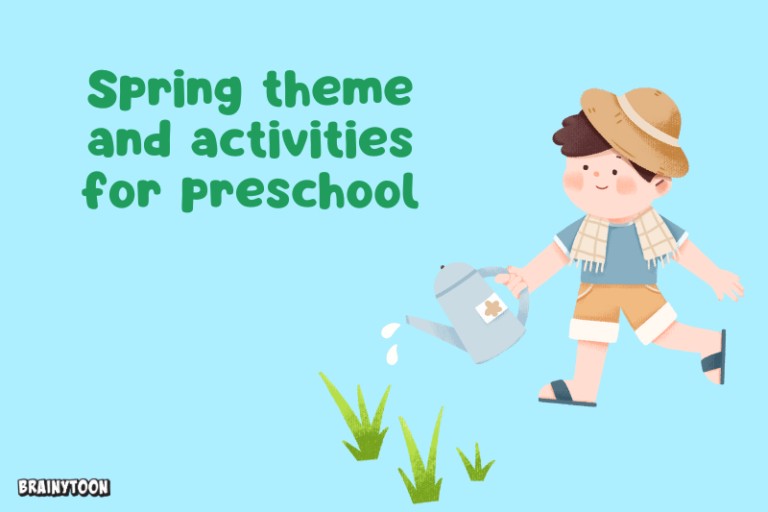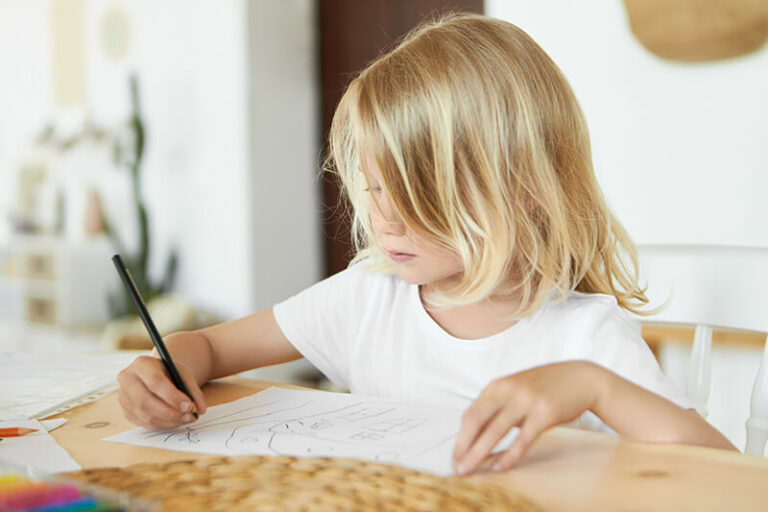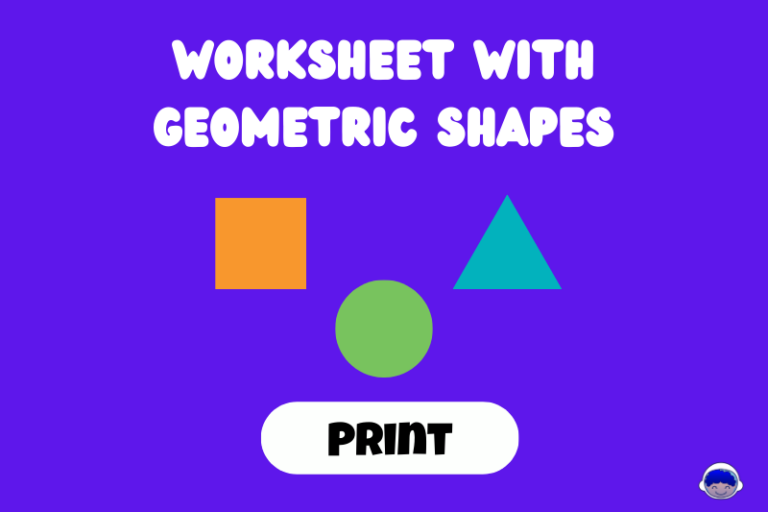Fun activities and clock worksheets for kindergarten kids
Teaching young children how to tell time can be both a fun and rewarding experience. However, since time is an abstract concept, it can take a while for kindergarteners to fully understand how clocks work.
That’s where engaging activities and clock worksheets for kindergarten come in — helping to turn a tricky concept into an exciting learning adventure.
Print clock worksheets for kindergarteners
One of the most effective ways to help children learn is through repetition and hands-on practice.
These worksheets are perfect for use at school, at home, or during homeschool sessions. They help reinforce both fine motor skills and time-telling abilities.
Why learning to tell time is important
Understanding time helps children make sense of their daily routines and feel more in control of their day.
By learning to read the clock, children begin to connect specific times with familiar activities, such as lunchtime, playtime, or bedtime.
This sense of structure and predictability is especially important in the early years. Also it’s a great introduction to math and numbers.
Use visual supports to make learning easier
Visual aids are powerful tools for teaching time. Colorful clock faces, picture schedules, and illustrated time-related activities give children clear references they can relate to. For example:
- Use a clock face with both digital and analog displays to help kids connect the two formats.
- Incorporate picture routines that show events like brushing teeth at 7:00, snack time at 10:00, or reading a story at 6:30.
- Hang a large classroom clock with color-coded sections for morning, midday, and evening to give visual cues throughout the day.
Turn time practice into a game
To keep kids engaged, try turning time practice into a game! Here are a few fun activities:
- Clockis; A fun interactive game teaching kids to set the clock at the right time.
- Time Scavenger Hunt: Ask kids to find items around the house or classroom that relate to different times of day. For example, a toothbrush for 7:00 AM or pajamas for 8:00 PM.
- What Time Is It, Mr. Wolf?: A classic movement game that introduces the idea of time in a playful way.
- Daily Routine Chart: Let kids build their own daily schedule by cutting out images and gluing them next to matching clock times.
Reinforce time concepts with daily routines
The best way to help children understand time is by integrating it into everyday routines. Use a classroom or home clock to signal transitions between activities. Encourage kids to check the time when it’s time to clean up, get ready for lunch, or go outside.
Because these time-telling moments happen repeatedly throughout the day, they offer built-in practice opportunities that strengthen understanding naturally.
Whether you’re a parent, teacher, or homeschool educator, these resources are a great way to support your child’s time-telling journey.




